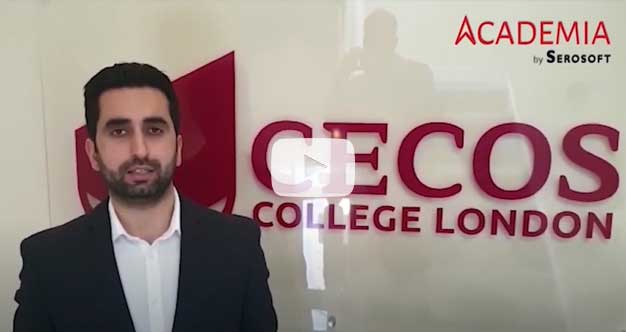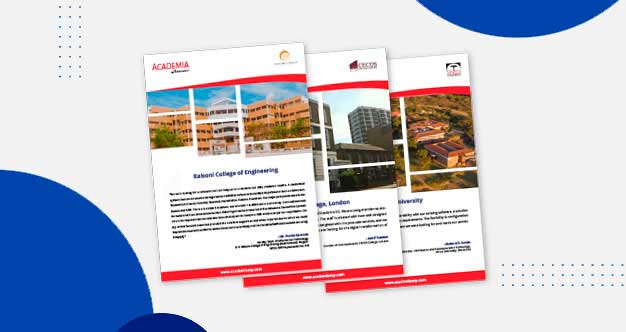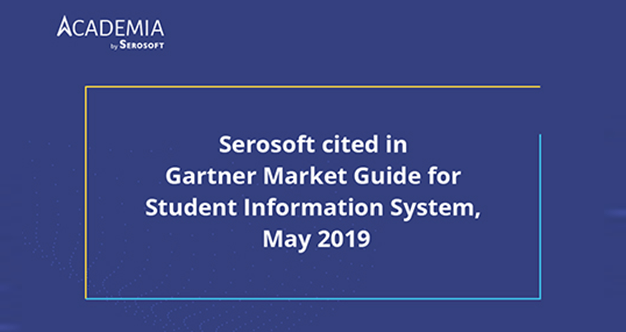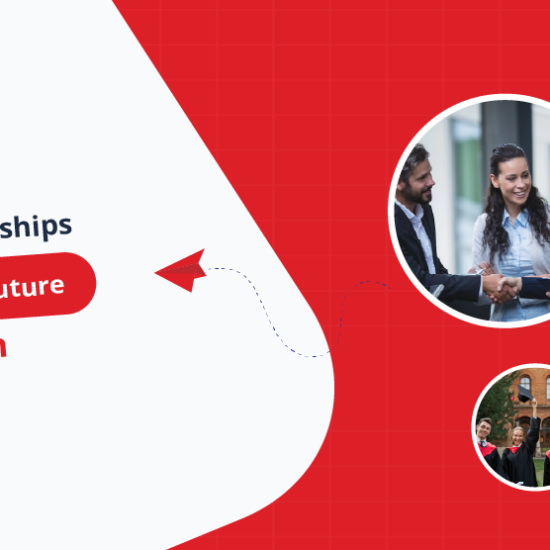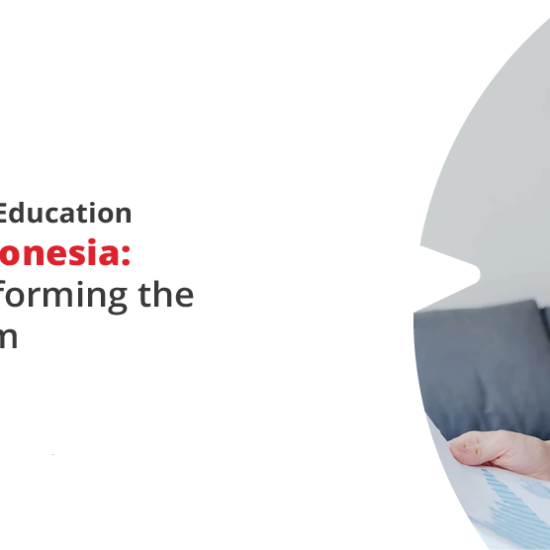What is Student-Centered Learning?
Now, this may come out as bizarre to you, but some of the world’s best schools have already started adopting it. Student-centered learning (SCL) is a concept in which, a student participates in the making and organizing of the content to fulfill its academic goals. The student decides what to learn, if it wants to learn, and how it learns.
It is the direct opposite of teacher-centered approaches that have been in practice till now. It contrasts and challenges the traditional education system and implements the practices which allow students to hold the reigns of their future. There are some apprehensions in the industry. Are students mature enough to understand what is important to learn and what is not? Do we have the resources to accommodate the tools that are preferred for learning? There are a variety of basic questions.
As someone from administration or management, it is very important to find out how effective it is and why it is important before jumping to any conclusion. In this blog, we would try to demystify things around SCL as much as possible.
What are the factors involved in SCL?
When we say we are giving the students control, we have to identify the aspects in which they have a say or control. Contrasting to TCL, SCL proposes a student be a leader that drives all the decisions around the learning process. It includes researching, proposing solutions, communicating ideas, and evaluating their own progress. This is everything that a teacher does in TCL. The role of teachers in SCL is that of a guide that helps put in place a process to attain the student’s goals. But still, they don’t have a say in the content, timing, or motivation as these would be controlled by the student.
How is SCL different from Personalized Learning?
SCL and personalized learning are used interchangeably, which is not correct. In personalized learning, the reigns are still in the teacher’s hands. But in SCL, the entire scenario is altered. However, it is very easy to get confused as SCL does flaunt characteristics such as a highly personalized learning experience and openness to new teaching tools and styles as per individual preferences.
Important features for successful implementation of SCL
- Project-based learning
- Inter-disciplinary learning
- Assessment tool for evaluation
- Feedback platform from Students and Parents
- Personalized learning experience
- Robust IT infrastructure to support Virtual learning for flexibility
How educators must approach SCL?
As the classroom roles change with the implementation of SCL, it is important to learn how educators are coping with this change.
Many studies are being conducted on the subject of SCL. The one that piqued my interest the most was that of the International Journal of STEM education in 2018. It talks about the identity-level shift and how educators have evolved from being content dispensers to content resources.
Furthermore, many educators upon embracing SCL appreciated the positivity it brings to the classrooms and report its various benefits. They talk about better relationships between students & teachers, higher engagement, and tailored learning experiences.
How is curriculum impacted in SCL?
Till now, we have seen schools have a definite curriculum and a flow in which the curriculum is taught to the students. It is a very important aspect of the education system.
The same goes for SCL. SCL does not disregard the importance of curriculum, it just modifies. The curriculum for an SCL model is developed to pique the interest of a student as much as they would want to pursue learning in that particular course. Since it is project-based learning, it gives students a big opportunity to have a say in what they want to learn and how they want to approach the learning.
Also, SCL proposes inter-disciplinary learning, which means a student can learn a combination of two or more academic disciplines in one activity.
Role of teachers in SCL
There are various roles that can be obtained by a teacher in a student-centered learning environment. We are mentioning them here:
- Resource
The student-centered learning environment sees teachers as knowledge resources to access knowledge. Since SCL gives huge credit to student knowledge, personal experiences, and understanding, SCL allows students to lead the classrooms and communicate their viewpoints.
A teacher can guide these conversations, share their viewpoints, allow in-depth discussions by participating in these conversations, and build a good relationship with the student. This allows students to be benefitted from the knowledge and expertise of the teacher and work in partnership with the students.
- Mentor
It is very important for students to place their trust in adults, especially those that are connected with them on several levels. It helps you harness the feeling of a community at your school, and students share their bad and good experiences more openly for improvement. It also allows you to work on the aspects that are more beneficial for students. SCL gives a wide scope for it.
- Guide
SCL proposes teachers to be a guiding source, meaning they guide the student in the learning process and help them in overcoming these challenges. Teachers can help students understand how skills and knowledge would affect their lives in larger and smaller aspects.
Furthermore, it gives teachers a great opportunity to nurture the students and become a part of their learning journey rather than just being a juncture in it. It gives a wider scope to understand the future goals of a student and provides them timely motivation and guidance to help achieve the goals.
Benefits of Student-Centered Learning
Some of the biggest benefits of student-centered learning are:
- Helps create a meaningful learning environment
- Helps motivate students to take initiative towards learning
- Enjoy personalized learning
- Project-based learning that helps increase student engagement
- Improves academic performance
- Helps nurture a positive relationship between teachers and students
- Increases communication and collaboration in the classroom
- Increases participation of students in school activities
Way Forward
The quantitative data on SCL shows many good traits. In a study from the Stanford Centre for Opportunity Policy in Education, it was found that students learning in the SCL environment outperformed the students studying in the traditional setup. Furthermore, there were lesser dropout rates and a higher number of graduates who applied to colleges.
However, it should be noted that SCL comes with challenges that require educators to change their strategy to govern the classes and meet the requirements for SCL. The challenges include the possibility of indiscipline in the classroom, increased workload due to higher classroom management, unevenness in the student participation rate, shifting students to a new environment, etc.
These challenges are easily manageable through an advanced IT infrastructure and a more cohesive environment for students to participate in meaningful discussions. For achieving a high-end student experience and student engagement, digital transformation is necessary. It allows you to become an integral part of students learning journey and does not bind you to four-walled classrooms. Before you prep for student-centered learning, let’s finish up the groundwork together. Consider a free consultation with our ERP expert for a digital transformation at your institute, and together we can make things better for the students.
 Higher Ed Plans
Higher Ed Plans K12 Plans
K12 Plans

